
Several years ago I planted a variety of quince called Karp’s Sweet Quince, named after local pomologist and writer David Karp. This variety comes from Peru and is unusual in that it can be eaten fresh.
But my quince tree has struggled a bit. The soil it occupies is not the best and it’s been plagued with fungal issues. But I can report that you can, indeed, eat the fruit fresh. The texture was not the best, but the fruit I ate was damaged and immature so it was not exactly a fair sample.
Quince is not the only tree I’ve been having trouble with. Thrips took out our crop of nectaplums and damaged our nectarines. I’ve vowed this winter to pay more attention to the needs of our fruit trees. Towards that end I’m reading Michael Phillip’s book The Holistic Orchard. If you have an idea what the damage on my quince is caused by I’d appreciate a comment. David Karp thought it might be brown rot with some insect damage.
If you live in the Los Angeles area, Weiser Family Farms should be selling a small amount of Karp’s Sweet Quince at local farmer’s markets. But you’ll have to beat away the artisinal jam producers and celebrity chefs if you want to get your hands on some.
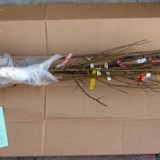
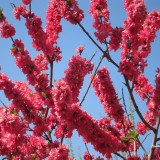
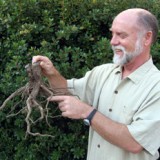

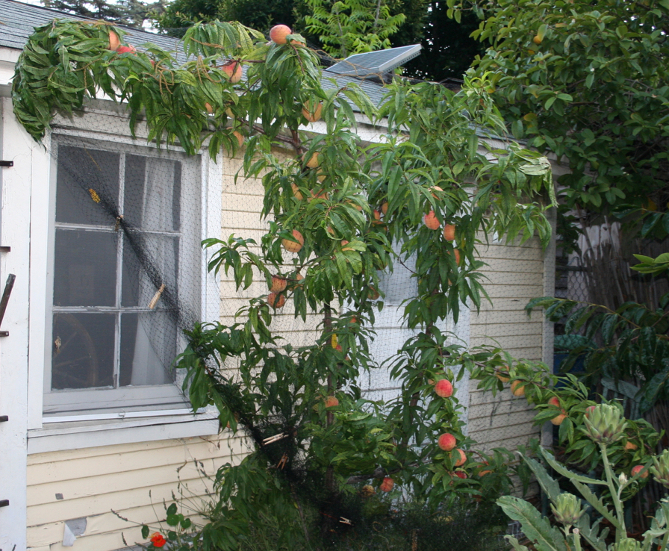
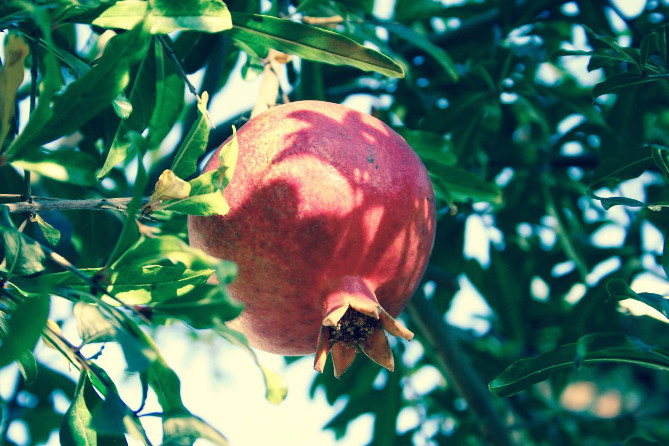
Quince is known as Membrillo in Peru and it is delicate even there. From what I know, they like well drained clay soil that’s slightly acidic. They like cool nights and warm days and they need to be fertilized when flowering. According to a friend of mine, keep moist, but be careful of overwatering. Fertilize when flowering. They use potash in Peru and Colombia. Google “Como Plantar y Cuidar un Membrillo” There are loads of advice from gardeners in Latin America
Thanks, Mauricio!
The Holistic Orchard is my go to book with any questions concerning fruit production. Quince is a relative to apples, in the pomme family, and my understanding is that they can be highly suseptible to fire blight. While that does not appear to match symptoms of fire blight, it would be worth looking into. Other than that, I hope you can figure something out.
I have found Michael Phillips idea about the application of compost tea to fruit trees to be very beneficial to overall tree health. It is a bit of a chore, but well worth it if you can make bigger batches at a time, and then use a back sprayer to apply the tea.
Andy – I wasn’t familiar with Michael Phillips. Thanks to your reference, I found some very useful videos of his on YouTube.